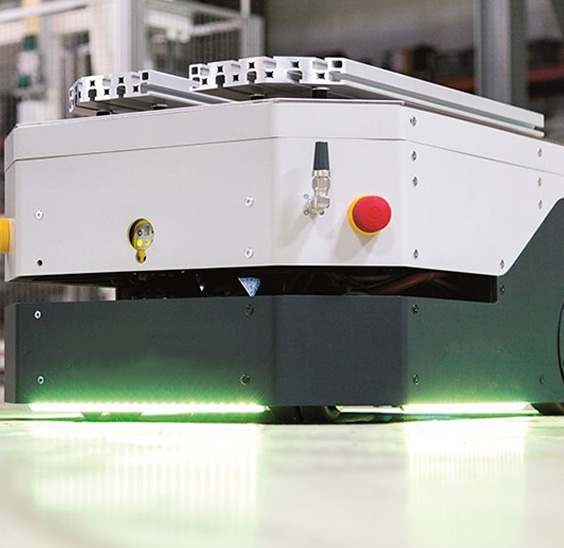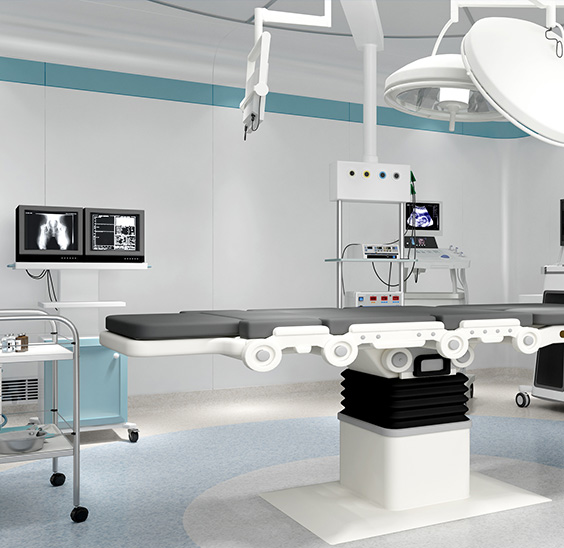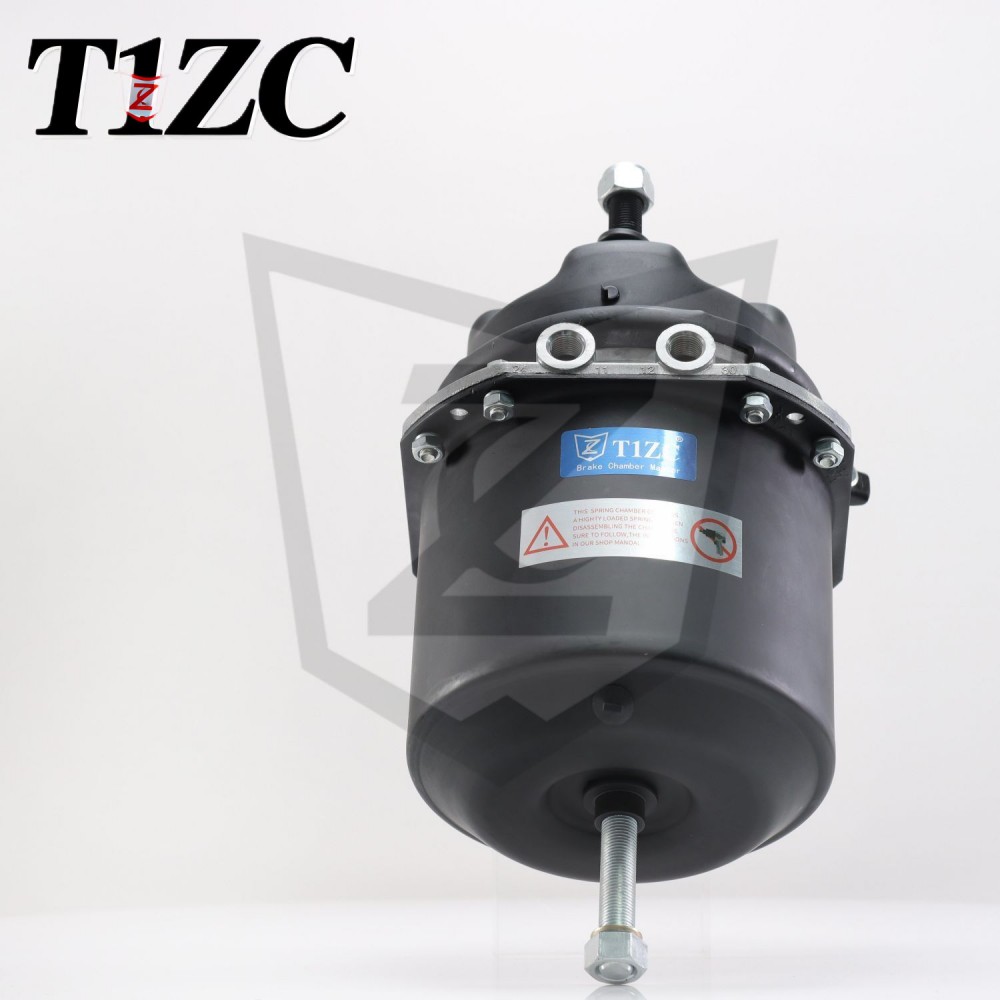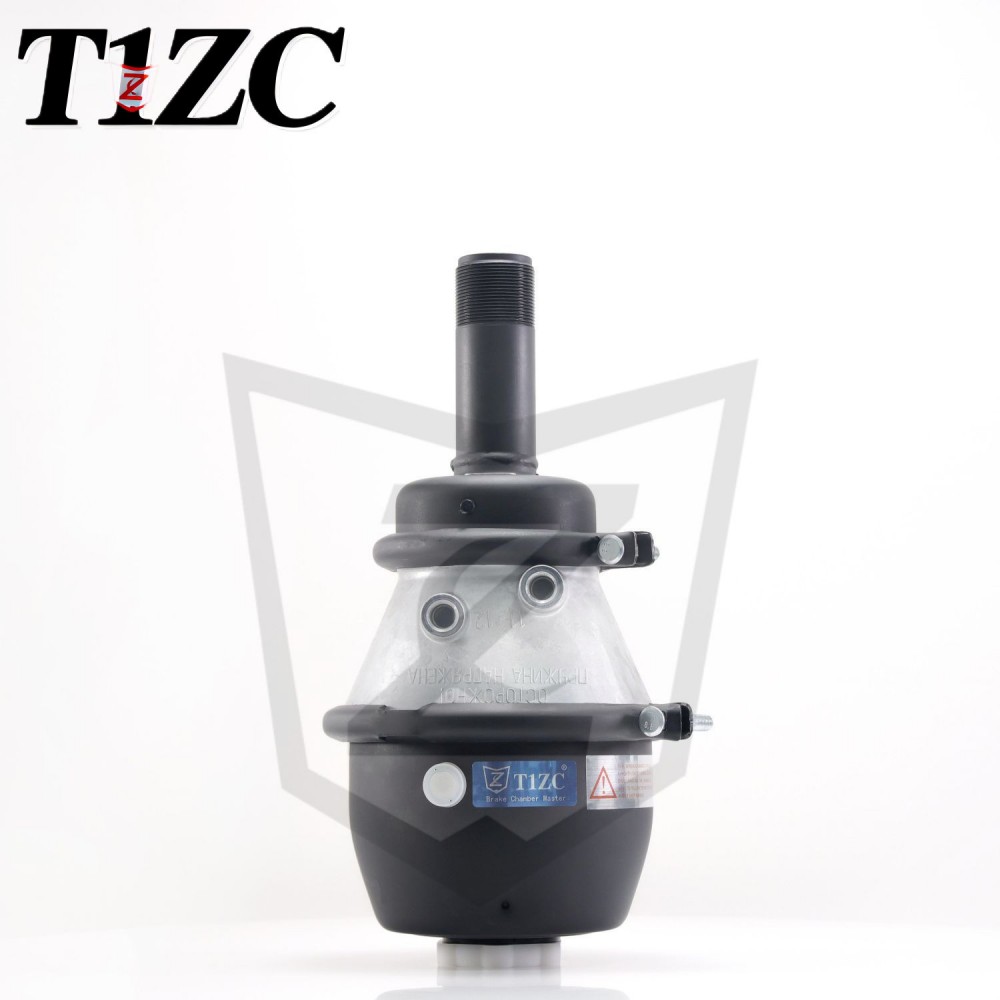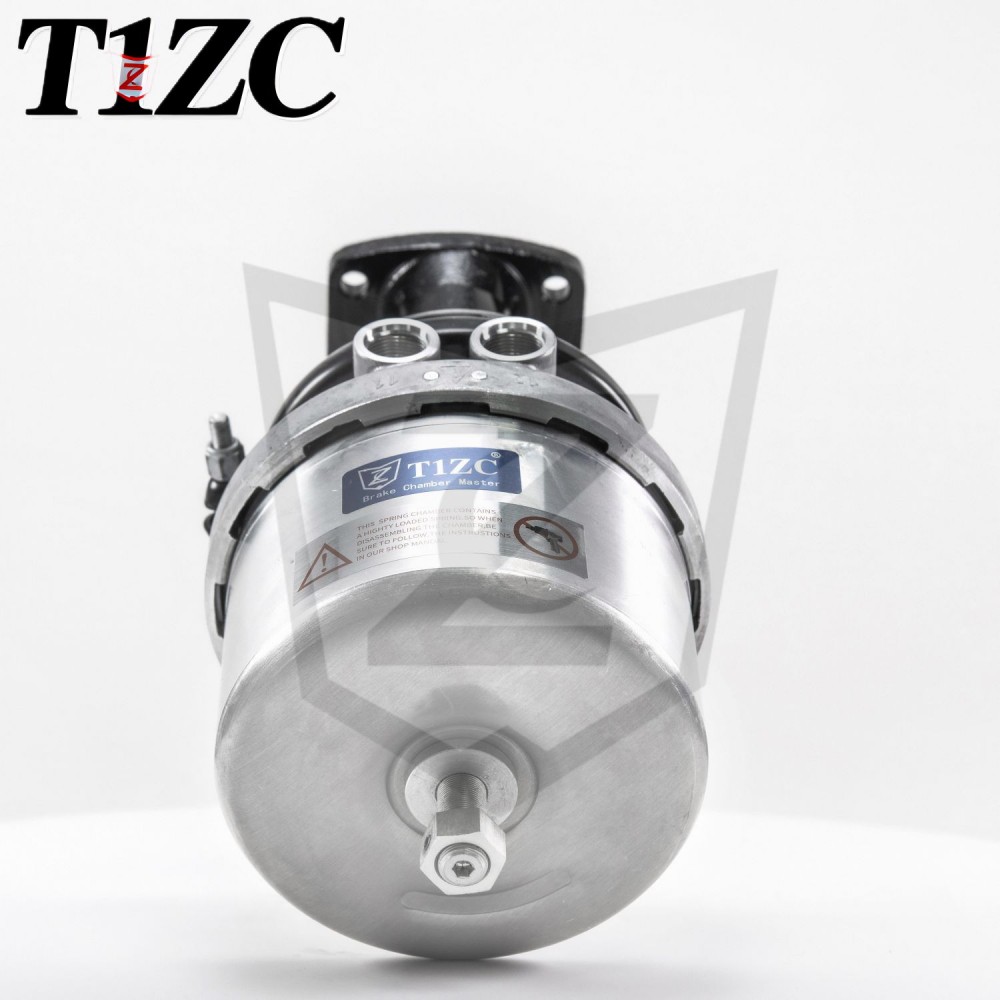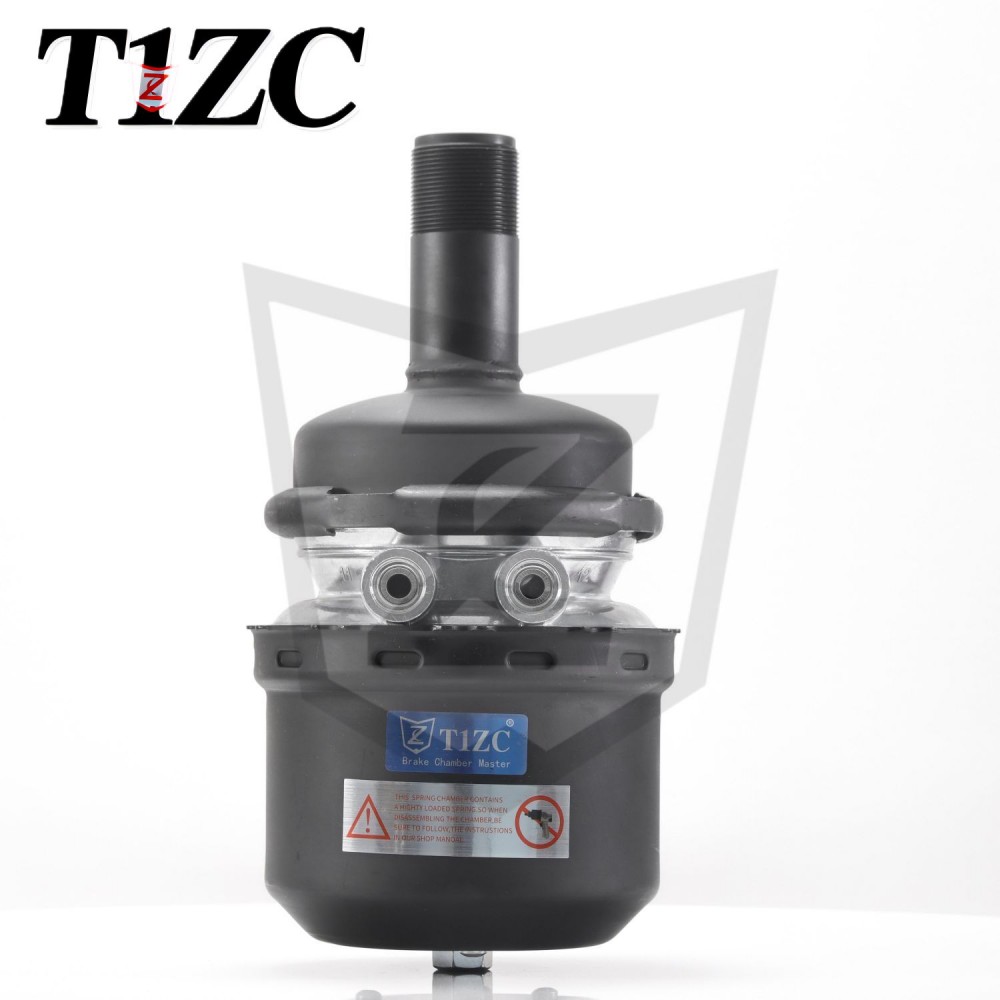Identifying Key Signs of Brake Chamber Failure in Heavy-Duty Vehicles: A Safety-Critical Guide
Maintaining the braking system in heavy-duty vehicles is non-negotiable for fleet operators and drivers. Among its critical components, the brake chamber plays a pivotal role in converting air pressure into mechanical force to activate the brakes. Failure of this component can lead to catastrophic safety risks and costly downtime. Recognizing early warning signs of brake chamber malfunction is essential for preventative maintenance.
1. Delayed Brake Response
A functional brake chamber ensures immediate engagement when the brake pedal is pressed. If drivers notice a lag between pedal application and braking action, it may signal internal diaphragm damage or air pressure leaks within the brake chamber. Reduced responsiveness compromises stopping power, especially under heavy loads.
2. Audible Air Leaks
Hissing or whistling noises near the wheels during braking often indicate air escaping from the brake chamber. This typically stems from cracks in the chamber housing, worn diaphragm seals, or loose mounting hardware. Persistent leaks degrade braking efficiency and strain the entire air brake system.
3. Physical Damage or Corrosion
Visual inspections are critical. Dents, cracks, or rust on the brake chamber’s exterior can compromise its structural integrity. Corrosion, common in harsh environments, weakens metal components and may allow moisture ingress, accelerating diaphragm deterioration.
4. Uneven Braking or Vehicle Pulling
A failing brake chamber may apply uneven force to the brakes, causing the vehicle to pull to one side during braking. This imbalance often points to a collapsed diaphragm, stuck pushrod, or uneven air distribution—issues demanding immediate attention to prevent wheel lockups or jackknifing.
5. Abnormal Pushrod Movement
During pre-trip inspections, check the pushrod stroke length. Excessive travel (beyond manufacturer specifications) suggests diaphragm wear or air pressure loss in the brake chamber. Conversely, limited movement may indicate mechanical binding or contamination.
6. Warning Lights or Fault Codes
Modern heavy-duty vehicles often integrate electronic braking systems (EBS). Dashboard warnings like ABS or brake system alerts could indirectly signal brake chamber issues, especially if paired with pressure sensor anomalies.
Proactive Measures to Mitigate Risks
Routine Inspections: Include brake chambers in daily visual and operational checks.
Pressure Testing: Use gauges to verify air pressure consistency across chambers.
Timely Replacement: Replace diaphragms and seals per OEM guidelines or at the first sign of wear.
Professional Diagnostics: Leverage fleet maintenance software to track component lifespan and performance trends.
In heavy-duty transportation, brake chamber integrity is synonymous with safety. By prioritizing symptom recognition and preventative maintenance, fleets safeguard drivers, cargo, and road users while minimizing operational disruptions. Ignoring these signs isn’t just risky—it’s a costly gamble no business can afford.


 EN
EN  English
English Português
Português
